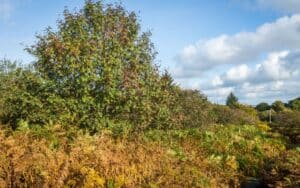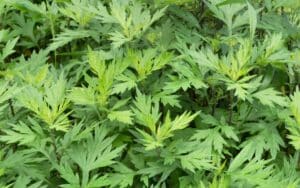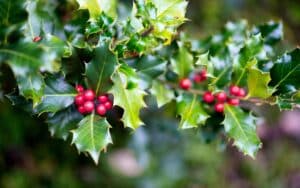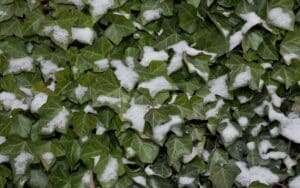Thistle is deeply embedded in Scottish culture, as its national flower and a symbol of bravery and independence. For St Andrew’s Day, we take a look at 10 Thistle superstitions
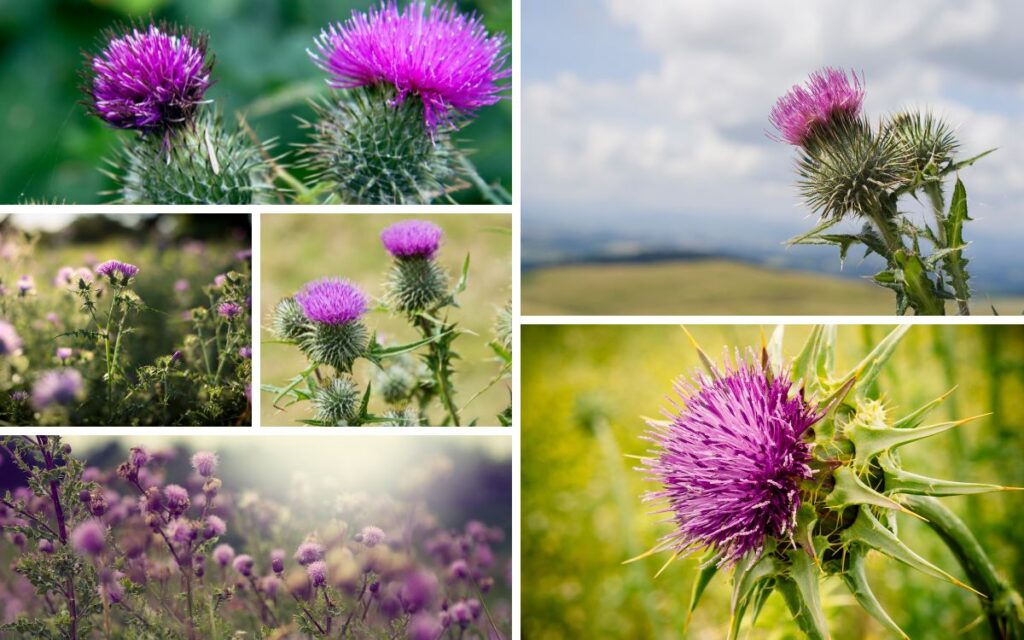
What are some Thistle superstitions?
Thistle provides protection against witches
In Scottish folklore, the thistle was believed to have the power to ward off witches and evil spirits. It was often hung above doorways and windows for protection.
It’s a symbol of bravery and independence
The Scottish thistle became a symbol of bravery and independence due to the legendary event in 1263 when Norse invaders attempted to surprise Scottish soldiers at night but stepped on thistles (ouch!), alerting the Scots and leading them to victory.
Thistle has medicinal properties
Thistle plants have been used in traditional Scottish medicine to treat various ailments, including digestive issues and liver problems. They were believed to have detoxifying properties – especially good after a heavy night on the Scotch whisky!
It can also purify your home
Burning thistle was thought to purify homes and cleanse the air of negativity or illness. This sounds very similar to using sage and other herbs for smudging!
Thistle can tell your love interest’s intentions
Young Scots believed that if they touched a thistle without getting pricked, it was a sign that their love interest returned their affections.
Thistle is a good luck charm
Carrying a dried thistle head in a pouch or wearing it as an amulet was thought to bring luck and protection to the wearer.
Brides wear crown of thistles
In some regions, Scottish brides wore crowns made of intertwined thistles, symbolizing their connection to the land and representing resilience and protection in their marriage.
You can also eat parts of it
Certain parts of the thistle plant are edible and have been used in Scottish cuisine. The roots were roasted, and the young leaves were cooked and consumed as vegetables.
Thistle has religious symbolism
The thistle is linked to Christian symbolism in Scotland. It is said to represent Christ’s crown of thorns, and the story goes that as the blood from Jesus’s head fell, it transformed the white petals of the thistle to purple. (Which is a bit like the Shamrock being used by St Patrick to teach the Holy Trinity.)
It is also a natural dye source
Thistle flowers were used to create a natural purple dye, which was highly valued due to its rarity and association with royalty.
Have we missed anything? Tell us your thoughts on Thistle superstitions and folklore in the comments section below!



